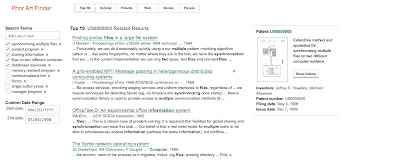Intellectual rights are like land rights the more you have it more you want to acquire, and in the large demography like India it is tough to find a good patent agent who can work efficiently and give you the best results out of your intellectual rights, any new inventor who thinks he has done something incredible needs to patent his/her invention otherwise they will end up having nothing for their notable work in the field to technology.
So i decided to dig some Professional companies who work for protection of rights of inventors.
1. Talwar And Talwar Consultants, Chandigarh- a good company with ISO rating has very competent staff and they offer their service at very reasonable price.
2. PatRig consultants- Its a new startup with some brilliant searchers and agents they will work effortlessly for your invention.




